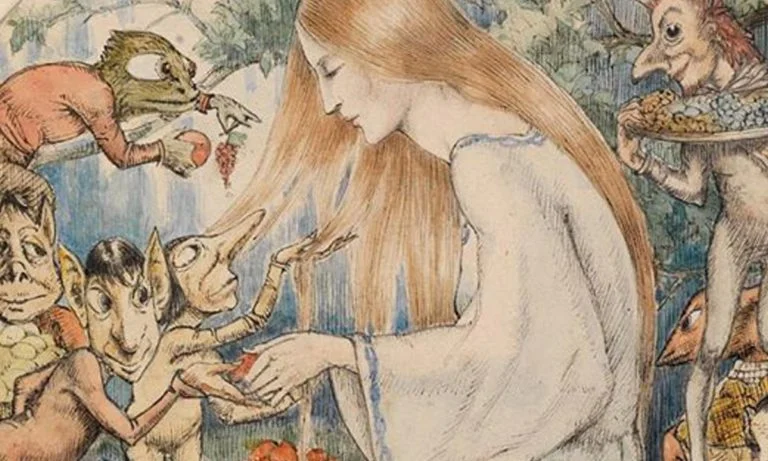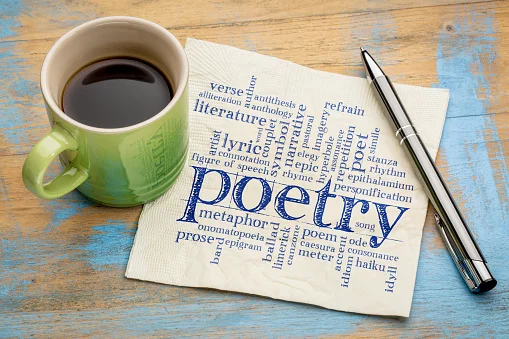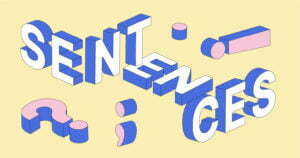When discussing the eminent components of literature, we do take into consideration the mode through which a piece of work is presented. While doing so, one gets introduced to terms like Prose and Poetry which later become the center of the talk. These are two such forms through which almost all of the literature encompass.
To elucidate and encounter the difference between the two, one can easily understand Prose as being the writing that we see in our daily lives that does not follow any metrical structure and is written in the form of sentences and paragraphs. Poetry, on the other hand, can be seen as a literary work that caters to aesthetics, follows a certain style and rhythm, and is expressed in stanzas.
Continue reading this article to develop a deeper understanding of the 10 Prose type with examples.
What is a Prose?
Prose can simply be defined as the form of writing which is specifically of pragmatic nature, following a proper grammatical structure. Unlike Poetry it does not follow any fixed metrical parameters and is expressed in the form of sentences and paragraphs in a lucid manner. It often aims at conveying the message by following a narrative structure. Prose can be of various types like biography, folktale, autobiography, fables, and many more. 10 of its types are discussed below.
1. Biography
A thorough description of a person’s life is referred to as his/her Biography.
It is a kind of prose that is full of basic information about all the highs and lows in a person’s life, including anecdotes and memoirs. A biography tells the tale of the person’s personal experiences with life, relationships, work, and all other things. You are the major lead of your biography and it tells your truth to the world. Biographies fall under the category of non-fiction. When written in-depth, we know it as legacy writing.
A biography can also be portrayed or presented in various forms of media, from literature to film. An accredited biography can only be written with the permission, cooperation, and participation of the person or the person’s family or successors. It is the story of a person’s life narrated and drafted by him or her but perfected and written by another person.
Biography Example: The Life of Samuel Johnson (By James Boswell)
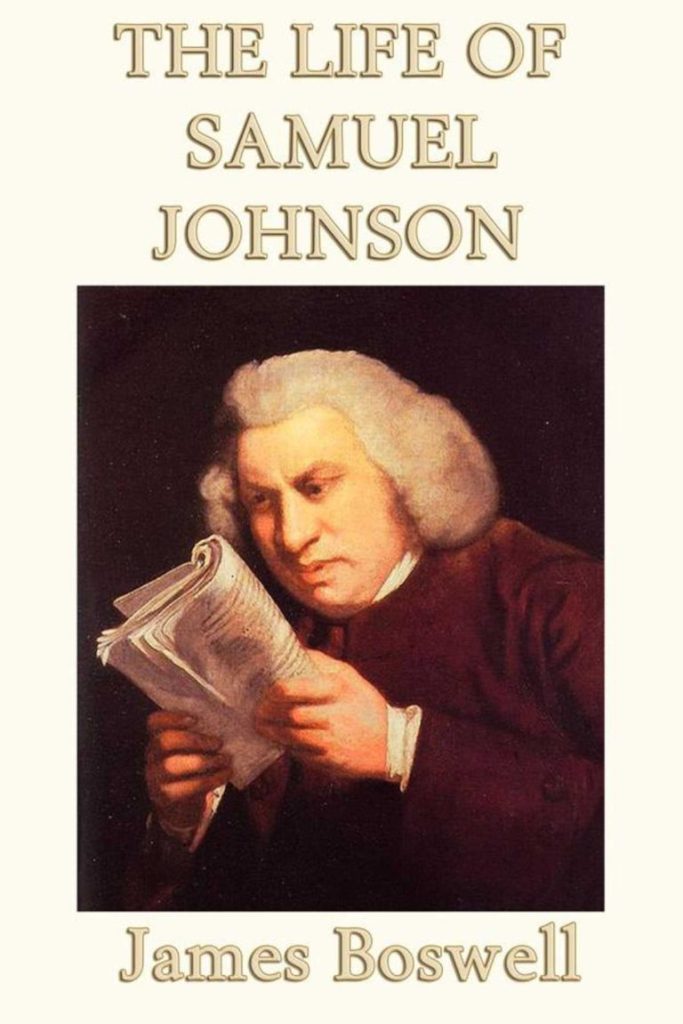
This is a perfect example of the English language. Boswell was well acquainted with Samuel Johnson and has created a masterpiece of biography for the late writer and the readers.
2. Autobiography
Autobiography is also a kind of prose and as the term suggests, it is the self-written account of one’s life.
It is very similar to a biography, except it is written by the same person whose story it is about. For example, if I write the story of my life by myself completely, then it will be referred to as an autobiography. The person can also seek guidance or help from another writer or hire a ghostwriter if required.
Autobiography Example: The Story of My Life by Helen Keller is the best example of an autobiography as it captures it all and that too perfectly.
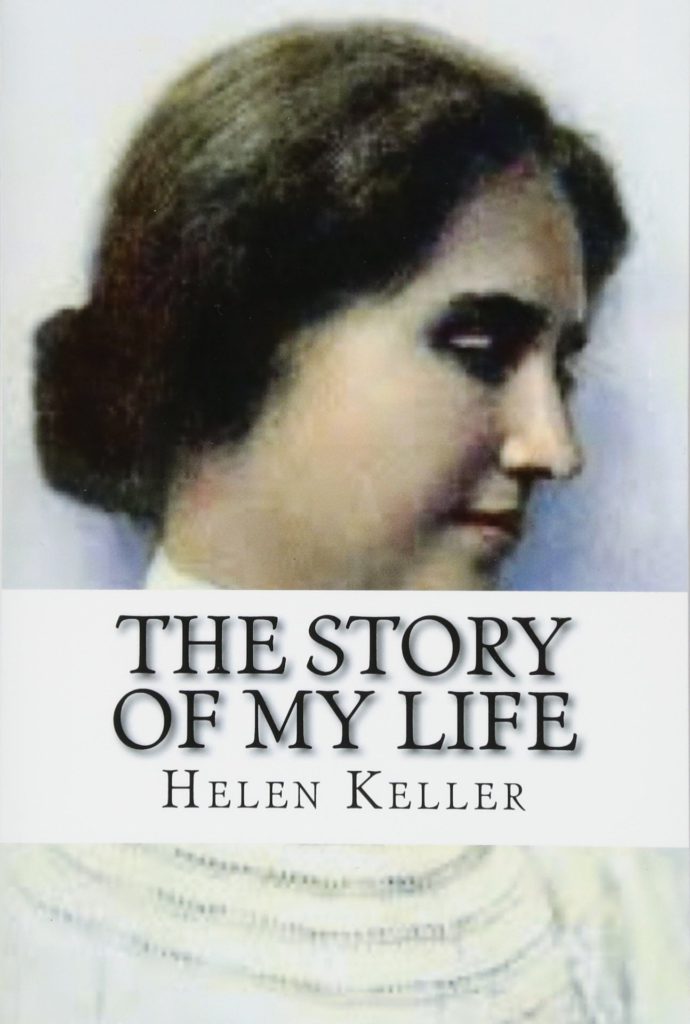
3. Folktale
Folktale is a popular or legendary story, familiar to a specific group or culture reflecting their values and ideas. They are usually passed down verbally from one generation to another. These stories carry a moral or lesson to be absorbed by the audience. Folktales have many types like fables, tall tales, ghost stories, or religious tales.
Folktale Example: The Pied Piper and The Frog King are popular folktales both impart valuable lessons. The Frog King is one of the oldest German folk tales. In the story, a princess promises a frog that she will make him her companion if he retrieves her favourite toy from the bottom of the deep spring. The moral of The Frog King is that one should honour their promises and will be rewarded. The frog honoured his promise to retrieve the ball and the princess (unwillingly) honoured her promise to the frog. His curse was broken, and she got a fancy new husband.
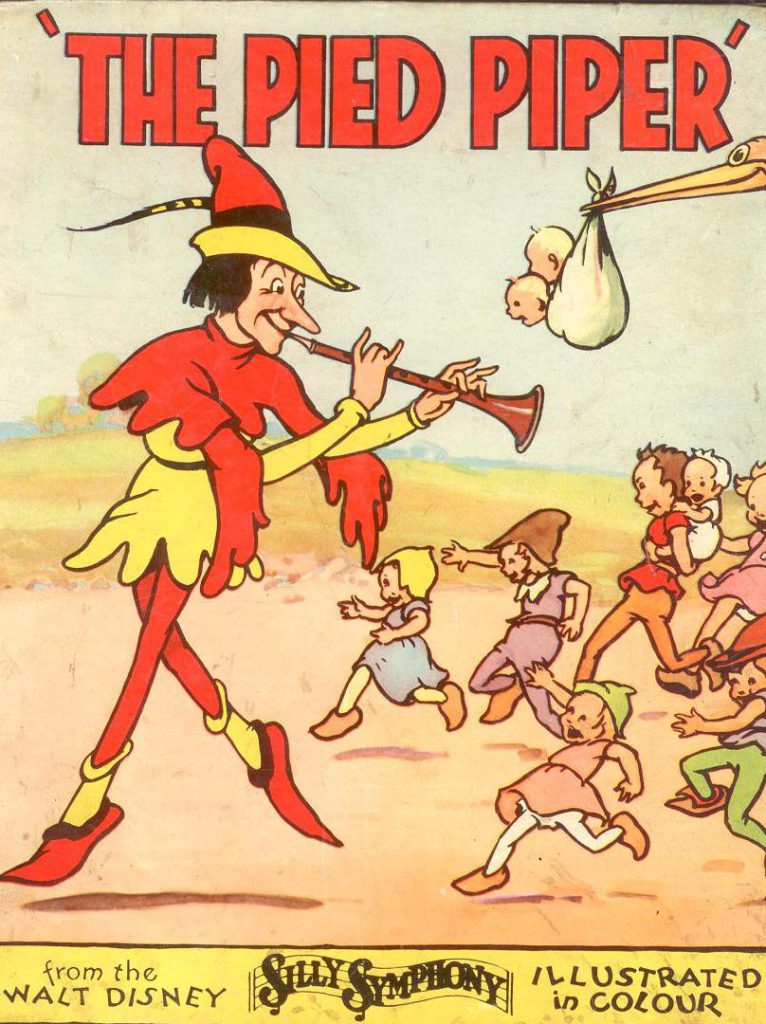
4. Myth
Myth is a traditional story or tale full of symbols. These superficially relate to reality or actual events and are especially associated with religious beliefs and traditions. The key figures in myths are gods, demigods, or supernatural humans with unrealistic powers and talents entangled in extraordinary events or circumstances in an unknown period.
Myth Example: Pandora’s Box is an artifact in Greek mythology connected with the myth of Pandora in Hesiod’s Works and Days.
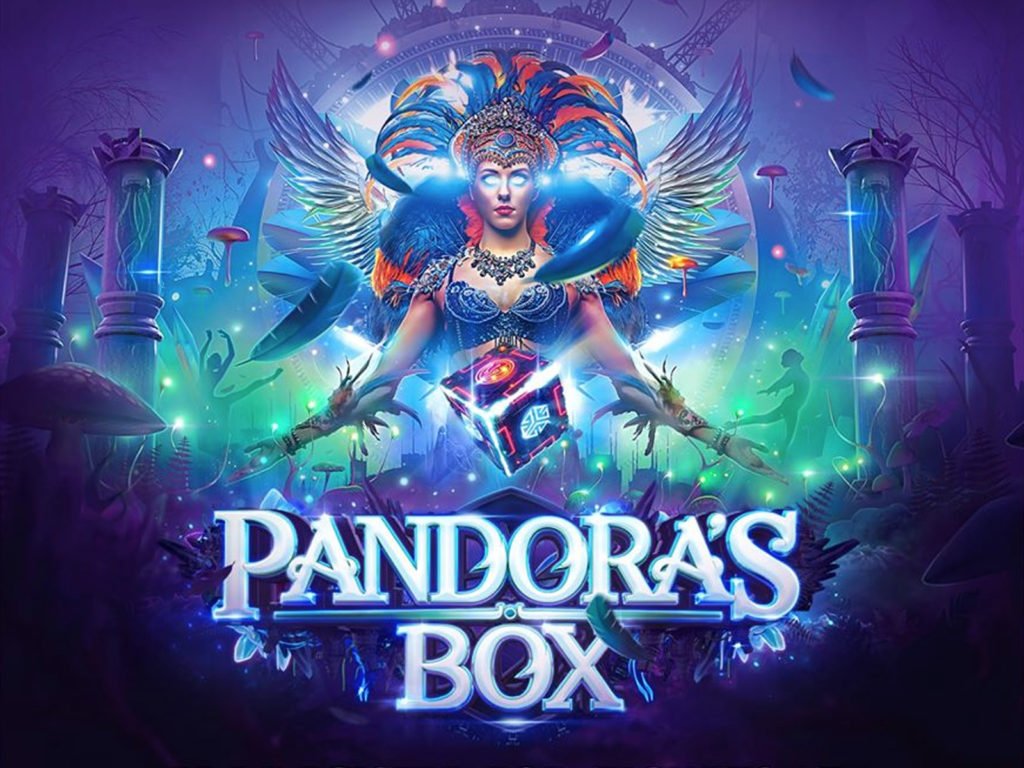
Prose Type Myth Example Pandora’s Box
5. Legend
Legend stories are a subgenre of folktales. The legend may be a traditional story or a group of stories with a sound message for the audience. Also, legends are about a person or a place. Earlier, the term Legend was used for telling a tale about a saint. These are quite similar to folktales in content. They may include supernatural beings, elements of mythology, or explanations of natural phenomena, but they are linked with a particular locality or person and are told as a matter of antiquity.
Legend Example: Some well-known legends are
- The tales of Odysseus from Ancient Greece,
- Beowulf from the Norse lands,
- King Arthur from Old England,
- The famous Robin Hood,
- Ali Baba
- The Bigfoot.
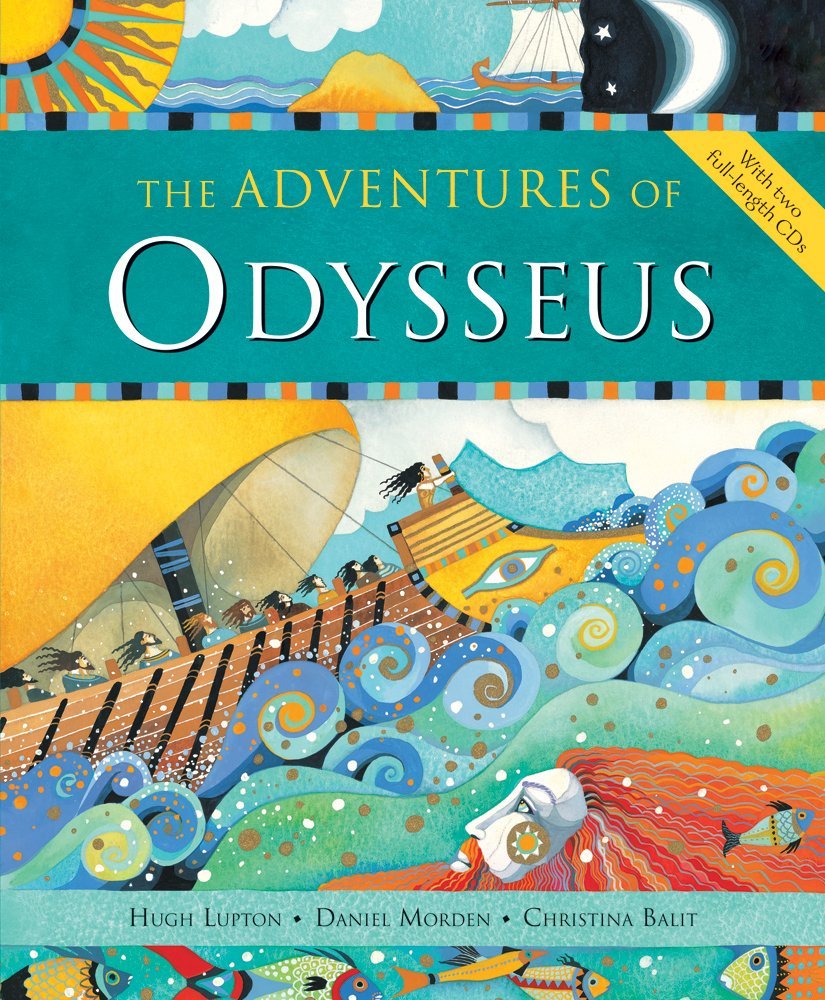
6. Fable
A fictional work of literature featuring inanimate objects or forces of nature, animals, plants, or legendary creatures having humanlike attributes. A fable is written in prose or verse, to highlight human foolishness and flaws or mistakes. These have a moral or lesson weaved into the story and are often explicitly planned at the end as a concise maxim or saying.
Fable Example: A splendid example is The Panchatantra, a Sanskrit compilation of beast fables. Animal Farm by George Orwell is an excellent novel depicting the situation of Russia post-war through animals in a satirical form.
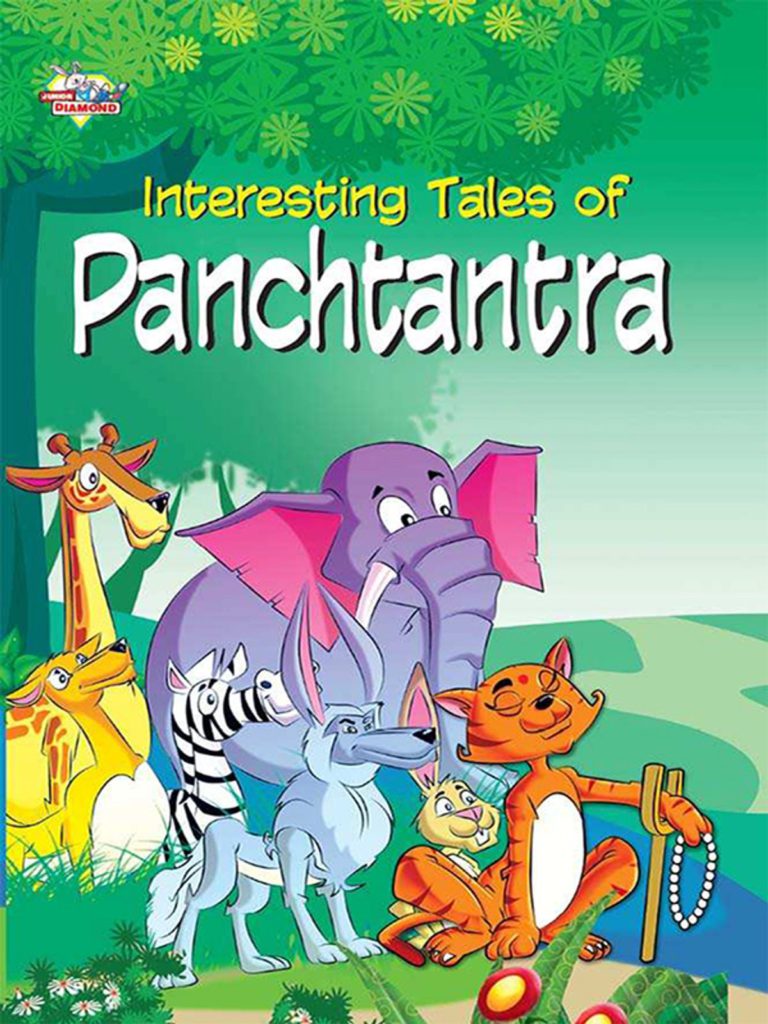
7. Parable
A parable is a brief, educational story, written in the form of prose or verse, that explains one or more informative lessons or teachings. It differs from a fable as fables employ animals, plants, inanimate objects, or forces of nature as key figures, whereas parables have human characters. A parable is a kind of metaphorical analogy. Parables in literature impart a moral lesson to the readers. It is excellent for teaching because stories are easier to recall with clarity and interest.
Prose Type Parable Example: “The Boy Who Cried Wolf” warns against lying because of its impending consequences.
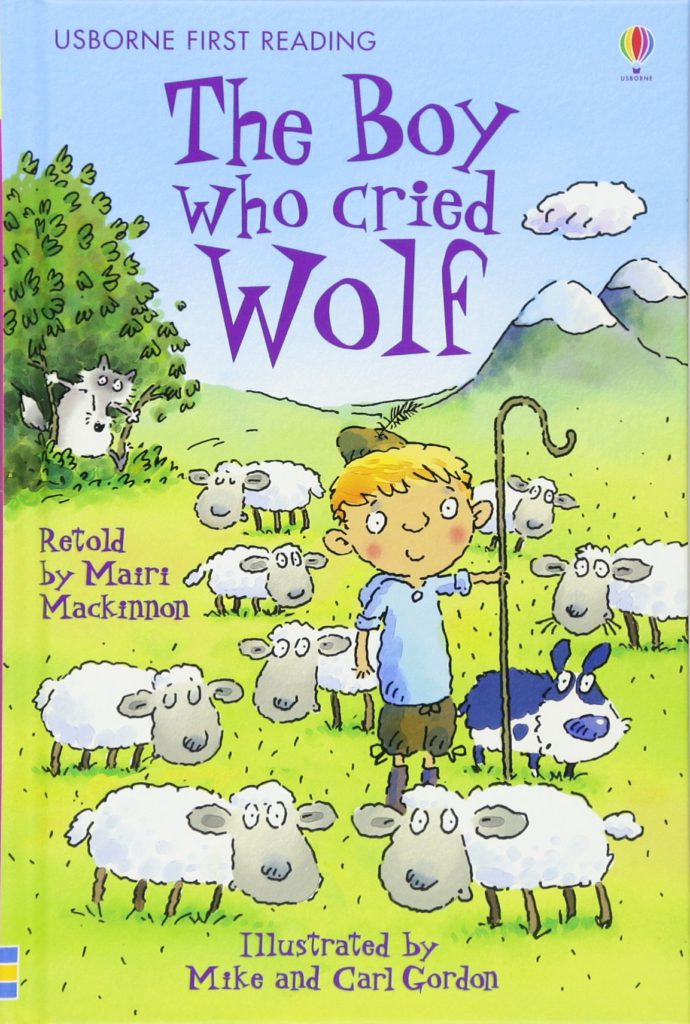
8. Novel
A novel is a long literary fictional work, usually written in the form of prose. A novel is a book telling a single tale penned creatively with human experience and exposure. The novel has several chapters, each chapter is connected or linked to the other through a sequence of events and has a specific setting and tone. We have a large number of genres of novels available which have encompassed various styles and types, some of them are picaresque, comedy, drama, romance, gothic, epistolary, and many more.
Prose Type Novel Example: The Harry Potter series by J.K. Rowling.
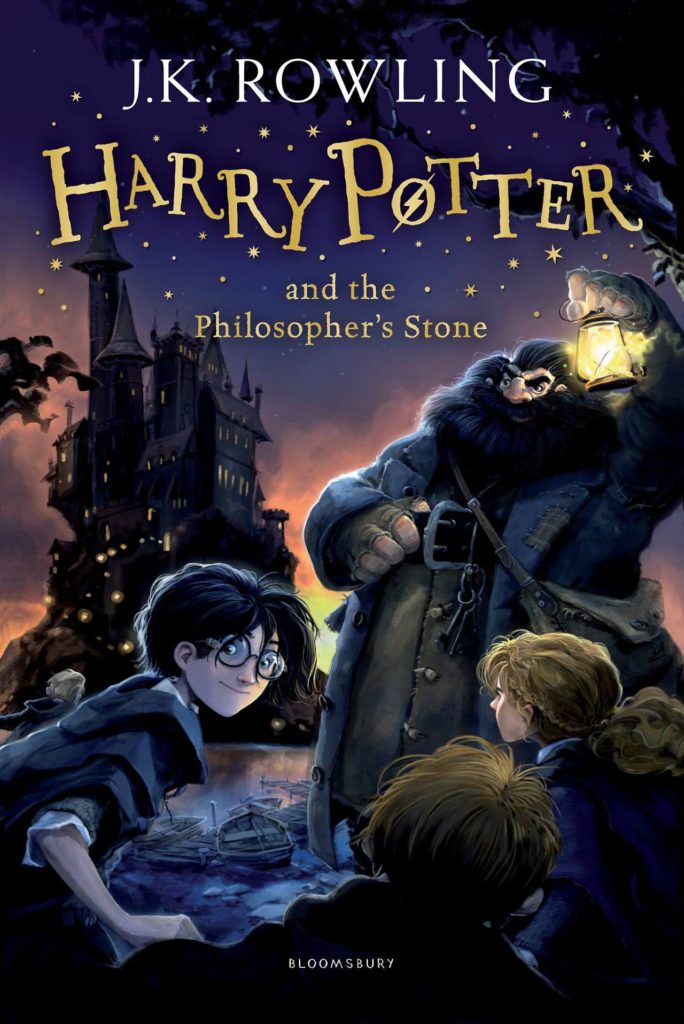
9. Short Story
As the name suggests, a short story is a fictional prose narrative that is shorter than a novel. A short story has only one or few events and passages, has few characters and few to no chapters. The form encourages conservation of setting, concise narrative, and the omission of a complex plot; character is disclosed in action and dramatic encounters but is seldom fully developed.
Prose Type Short Story Example: “A Christmas Carol” by Charles Dickens and “The Lottery” by Shirley Jackson.

10. Essay
A piece of writing that lets the author present his/her ideas and feelings or argument. An essay doesn’t necessarily have to be formal or have a system to follow, it usually deals with its topic in a more personal manner, putting out its point of view.
Some of the popular essays are :
- Laugh
- David Sedaris
- Kookaburra,
- Zadie Smith – Fail Better
- Virginia Woolf – Death of the Moth.
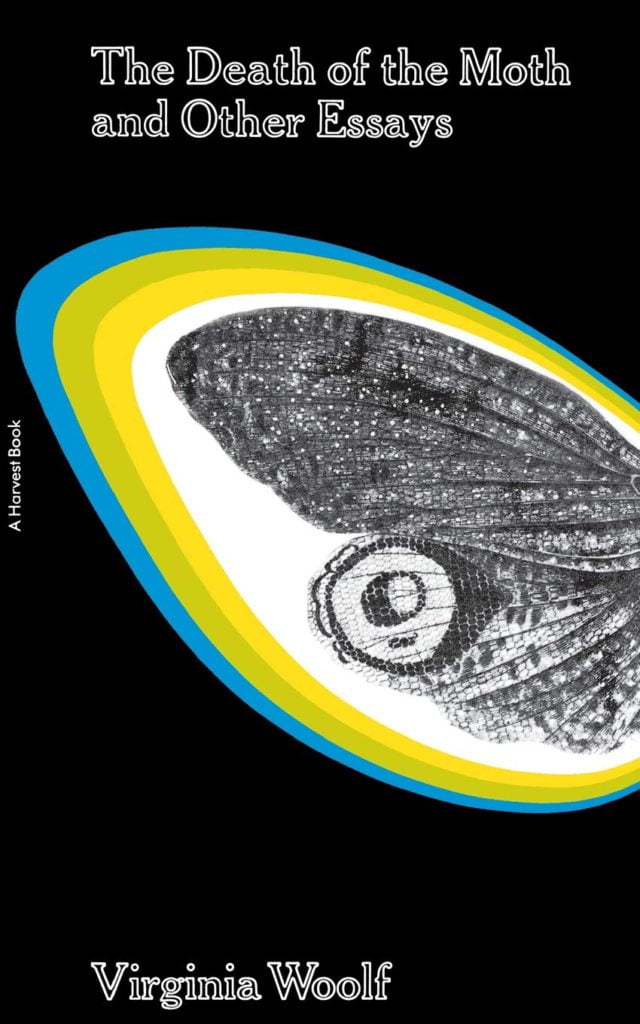
Hope you enjoyed knowing about these prose types. Check out 9 genres of Poetry to learn about different poetry genres.
Share with your friends
